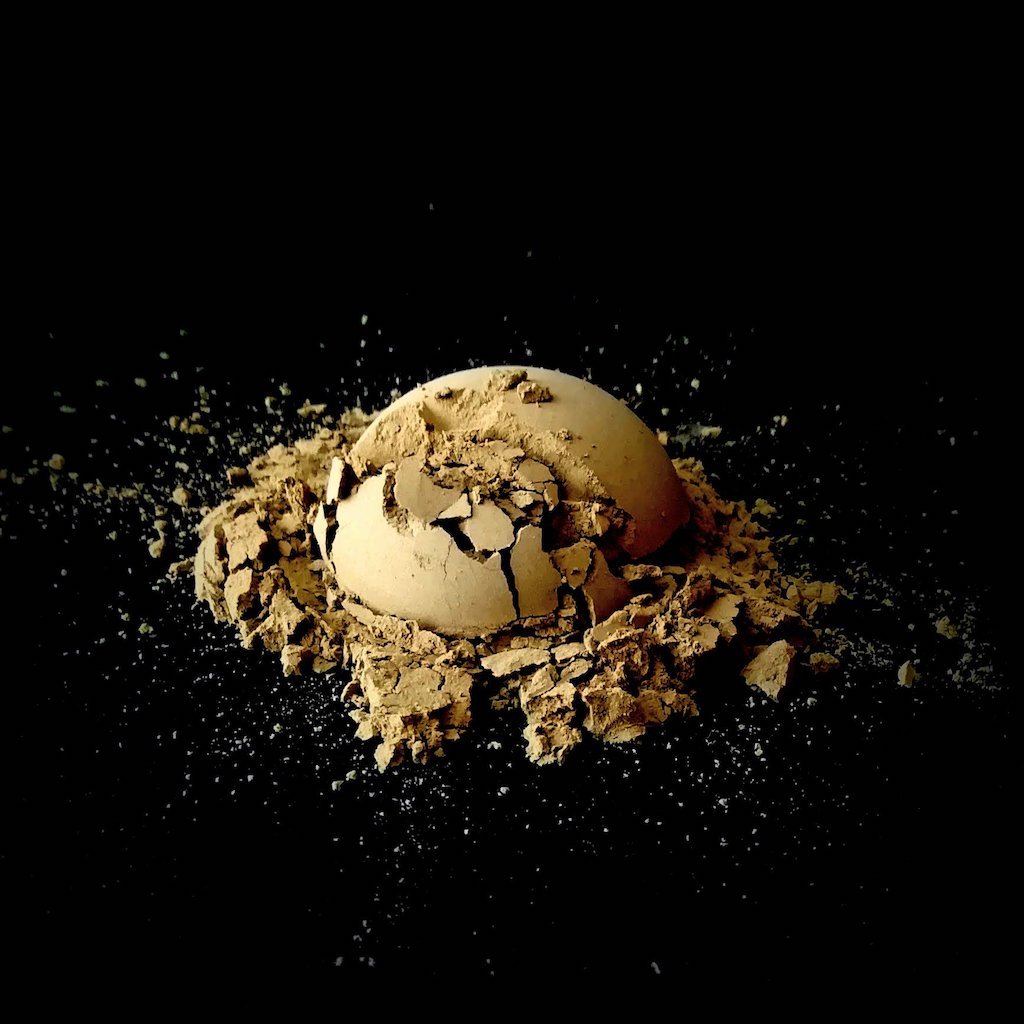History of Hojicha
Hojicha is a roasted Japanese green tea. Since it is a type of green tea, the history of hojicha begins long before the process of roasting tea was ever discovered.
Green tea is introduced to Japan
In the Nara period (AD 710 - 794), Buddhist monks brought green tea from China to Japan. The monks believed green tea improved their meditation practice, as it had health benefits for the mind and body.
During the Heian period (794 - 1185), royals began enjoying green tea after an endorsement by Emperor Saga. Then in 1211, Japanese green tea became even more popular with the publication of Myōan Eisai’s book: Kissa Yojoki (How to Stay Healthy by Drinking Tea). Zen master Eisai wrote about the preparation and health benefits of green tea, inspiring all classes to drink green tea as part of their daily life.
Increased demand for Japanese green tea
Despite the concerns of the Tokugawa shogunate government, Japan opened its ports for international trade towards the end of the Edo period (1603 - 1868). This was the first step towards the modernization of Japan, which was the goal of the following government in the Meiji period (1868–1912). Emperor Meiji embraced free market capitalism, and the new trade policies resulted in a significant increase in Japanese green tea exports. The high demand for Japan’s exports both funded and fueled the industrial revolution that followed.
Japanese green tea production gets modernized
Harvesting green tea leaves manually is a very precise and tedious task. Tea pluckers rhythmically hand-pick one tea leaf at a time while passing the long days with songs. Even the most skilled workers can only harvest up to 8 kilograms of tea leaves, which once processed would only make under 2 kilograms of tea.
As Japan’s tea exports were exceeding 10,000 tons, machines were invented to harvest and process tea more efficiently. Mechanical harvesting helped meet the rising demand, as well as replace the costly manual labor.
Hojicha is developed
There was one downside to machine trimming. When green tea leaves are harvested mechanically, debris is scattered among the leaves. As an island with limited resources, an important part of Japanese culture is the prevention of waste. In the 1920s, a tea merchant tried to make the most of the leftover leaves, stems, stalks, and twigs by roasting them over charcoal. The experiment proved successful, and hojicha came to be.
Hojicha originated in Kyoto, and shortly after tea shops across Japan began roasting green tea. In addition to minimizing wastefulness, hojicha resulted in another business opportunity. The pleasant aroma of roasting green tea helped merchants entice more customers into their shops. Once tea drinkers tasted hojicha, they were enchanted by its deep smoky aroma and round flavor.
Hojicha today
Fast-forward a century later, hojicha is more popular than ever in Japan. Today, consumers can choose between a wide variety of roasted green teas made from Bancha, Sencha, and Kukicha. Since 2016, new hojicha flavored products have been introduced to the market. From ready-made drinks to frozen desserts, hojicha is taking over stores across Japan.
Hojicha Co. is the first brand to specialize in Japanese roasted green tea outside of Japan, offering the most authentic hojicha products packaged fresh from the fields of Kyoto, Japan. The Hojicha Co. roasted tea collection currently includes five unique loose leaf teas and the highly versatile Hojicha Powder, sold directly to consumers and businesses through the online tea shop.

